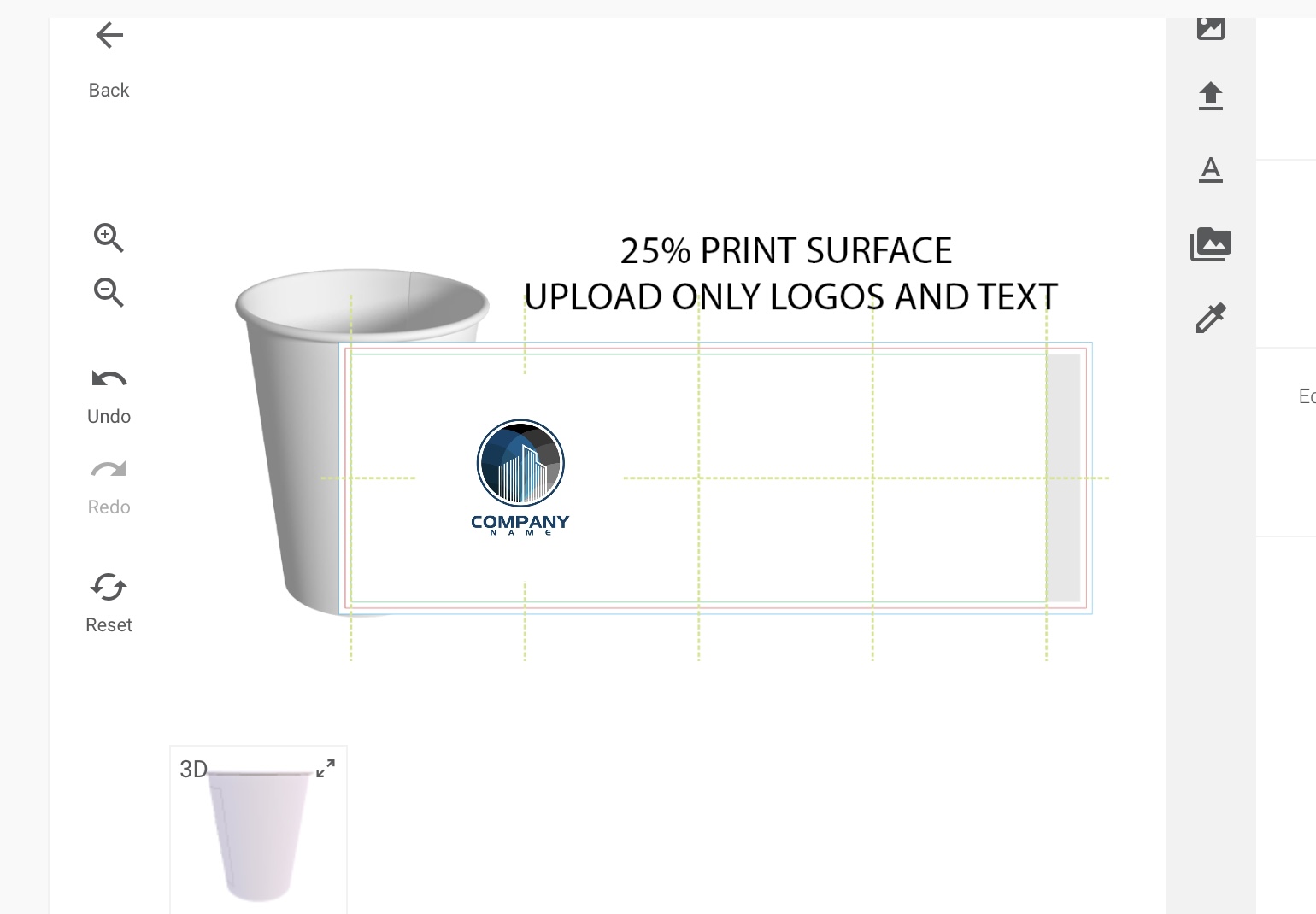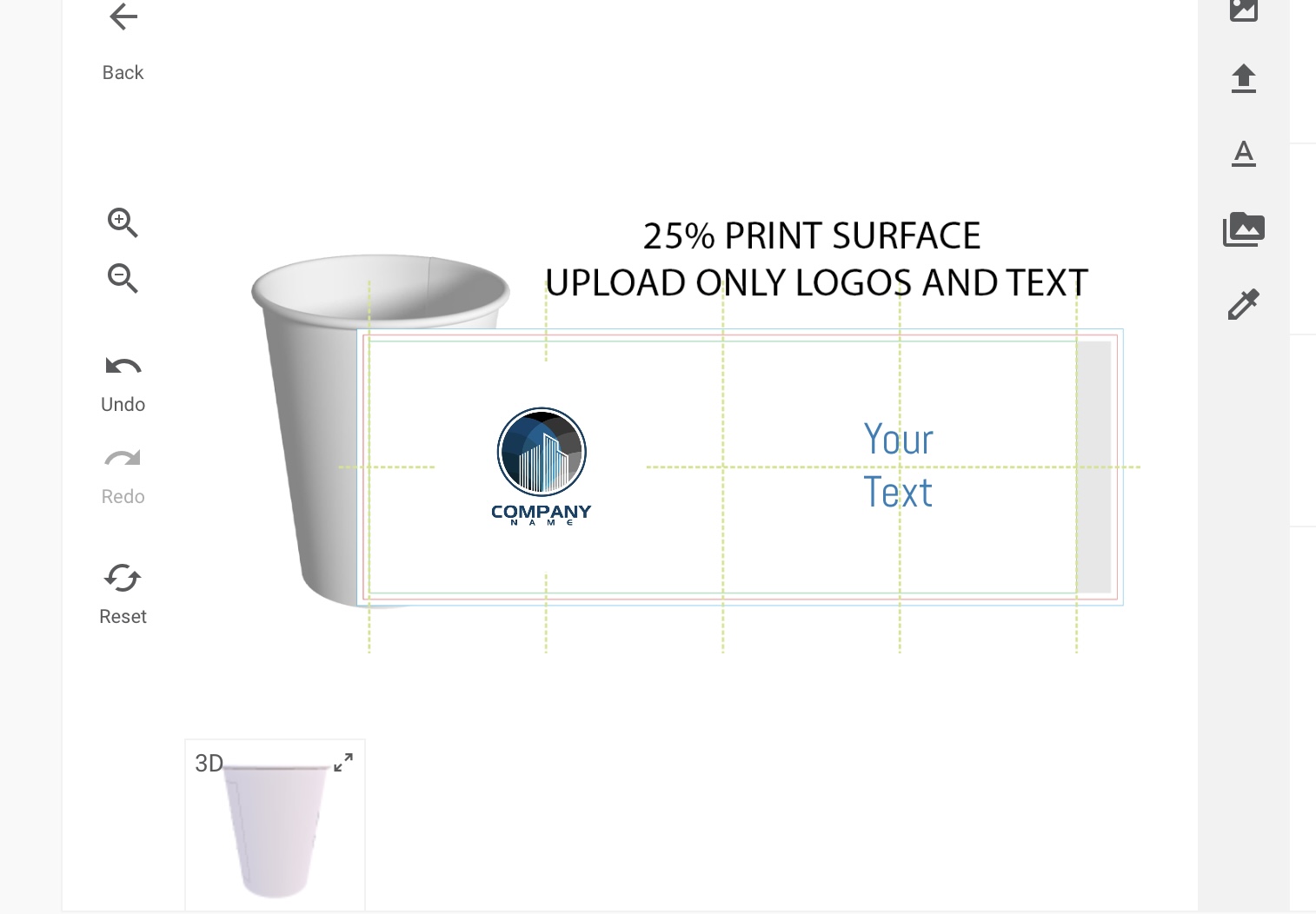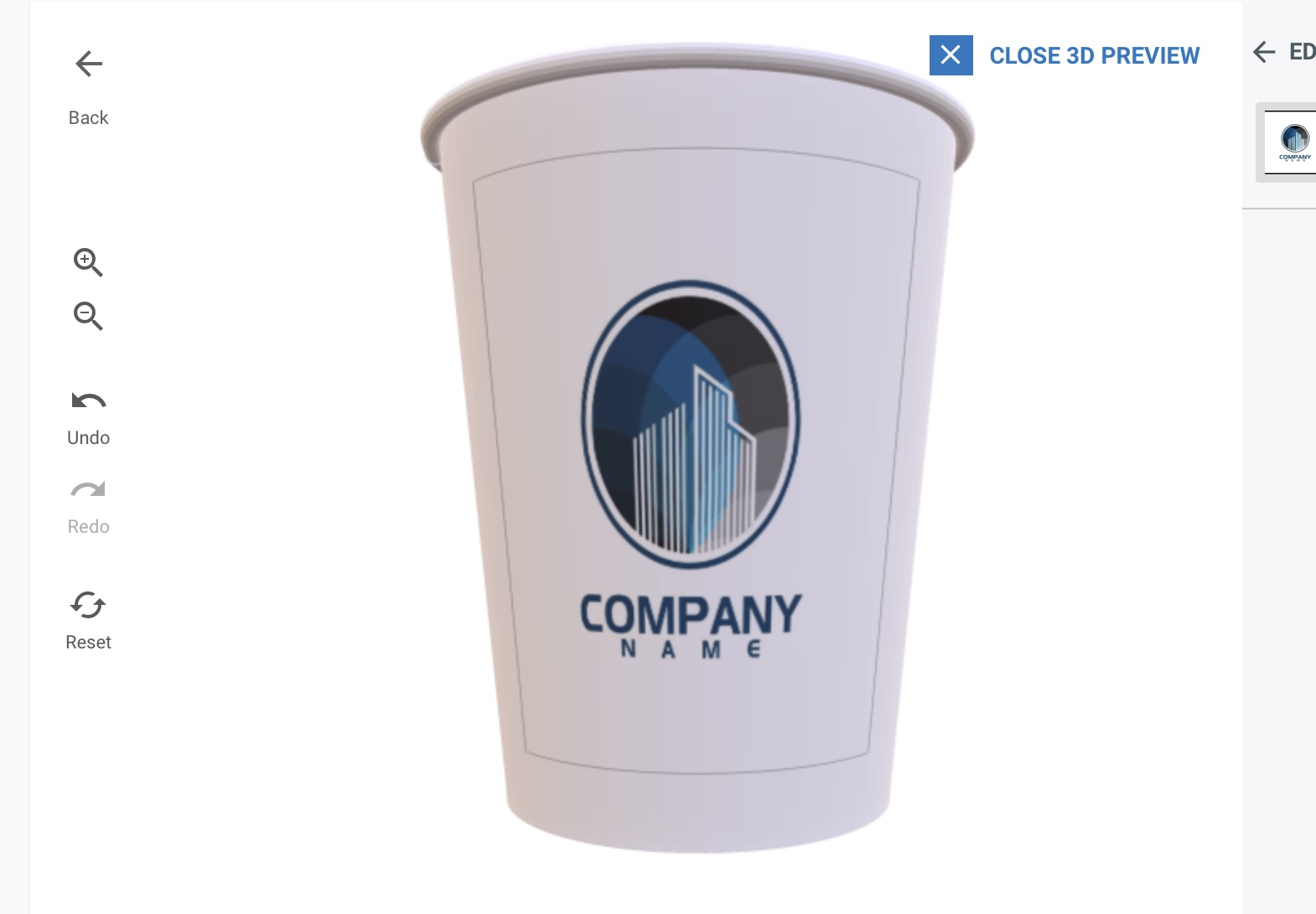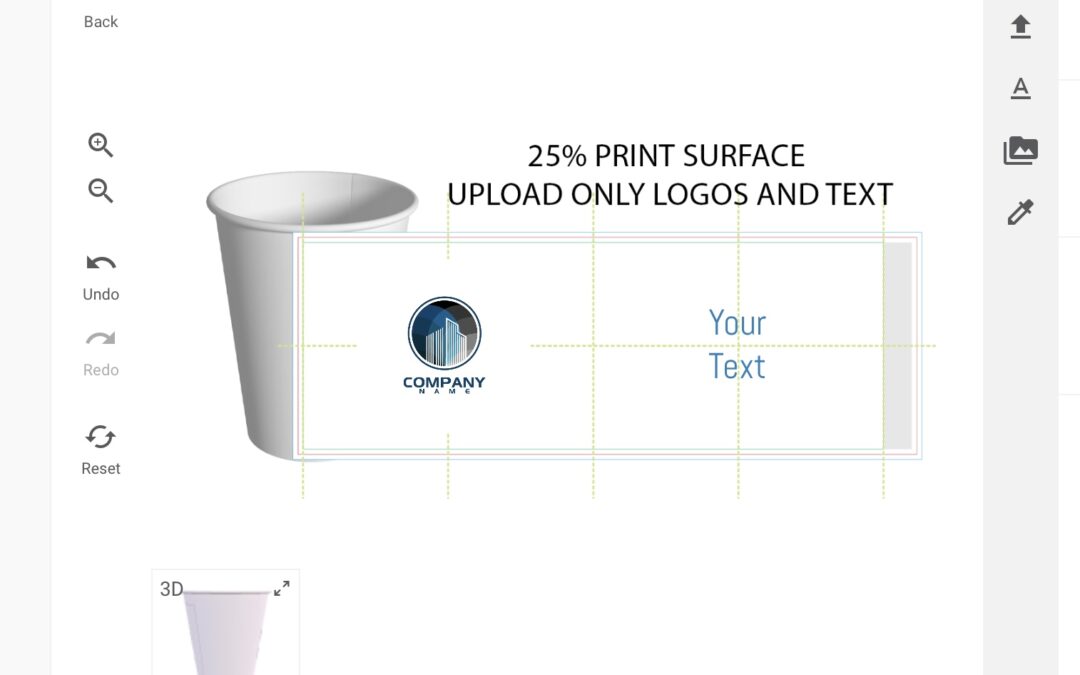How to Create a Cup Design?
To help you create a unique product, we offer several convenient design options. Professional graphic designers can access ready-made templates in PDF format, allowing them to prepare the design in a vector format.
File Format:
- Supported software: Photoshop and Illustrator.
- Colors: CMYK (not RGB) for digital images.
- Supported file formats: AI, PSD, TIFF, EPS.
- Resolution: Minimum 300 dpi, dimensions must be at 100% scale.
- The file should be created using the provided template in a rectangular format, with all design elements in vector outlines. Remember to account for the seam overlap and properly position logos or text while considering curvature.
Colors:
- Colors must be in the CMYK or Pantone® color space.
- RGB is not recommended – files containing RGB colors may not meet expectations after printing.
- For orders below 5,000 pieces, Pantone® colors must be converted to CMYK.
Fonts:
- All fonts must be converted to outlines.
Target Color / Samples:
- Customers can provide a printed sample as a color reference.
- Designs should be printed using calibrated devices to ensure color accuracy.
Additional File Requirements:
- The design must be created in layers.
- All images used in the project must be embedded in the file, not linked.
The final file should be submitted when placing the order.

Step 1: Start Designing
Press the “Configurator” button to start the design process.

Upload Your Artwork
Add your artwork by clicking “Upload image, PDF, EPS, or AI.”
IMPORTANT! Uploaded graphics should be in vector format to ensure the highest print quality.
If you upload an image in a different format, make sure it has a high resolution to avoid quality loss.

Step 3: Add Text
If you want to add text, click “Add Text.”
The editor offers a variety of fonts and allows you to customize the color, size, and other text parameters to perfectly match your design.

Step 4: Check the Visualization
Before placing your order, we recommend checking the 3D preview to see how your design will look on the final product.
This ensures that the final result meets your expectations.

